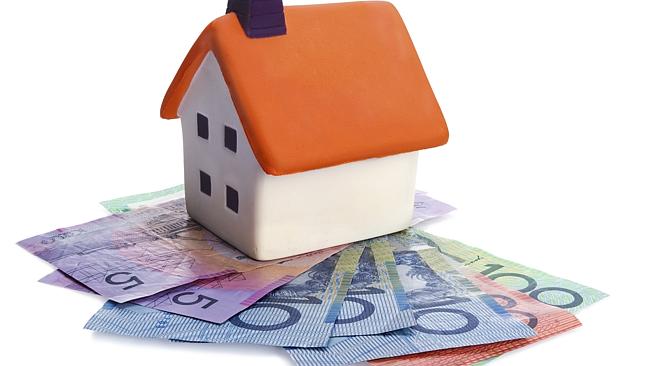House prices are drifting up Posted on October 9, 2018

This is a peculiar calm for property investors. They had been conditioned to expect regular interventions from the nation’s central bank that, when they arrive, instantly focus minds to assess and re calibrate capacity and appetite for property assets.
That, of course, is exactly the Pavlovian response the Reserve Bank seeks.
The present challenge for the bank is ensuring the property sector behaves when – due to the overall patchiness of the economy – it is loath to ring the bell to signal rising interest rates despite strong growth in property prices over the past two years in Sydney and Melbourne.
It is getting out, flagging to all who will listen, that a tougher regime may be around the corner. Ordinarily that would be a threat of higher interest rates down the track, but that won’t wash today as rate rises have been ruled out by the bank itself. Instead, there are references to the use of prudential tools that might tighten up lending restrictions, particularly to investors who rely on interest-only loans.The Reserve Bank is now executing its standard Plan B for this sort of scenario: jawboning.
It’s hard to disagree with a modest strengthening of lending rules.While it’s hard for those borrowers on the margin who are subsequently rejected, it’s an eminently sensible way to dampen demand a little, while reducing risks for the banking sector.
Also, the bank has indicated that the reforms may not be in place until early 2015. That will seem like a distant threat to today’s participants.
The upward momentum in the property market is expected to persist through the balance of 2014 and for additional price rises to unfold. If so, perhaps that will see the bank redouble its efforts and commit to genuine prudential reform that is targeted at investors; say, tighter loan-to-value ratios (LVRs) and/or the banning of interest-only loans, but it may struggle to come up with a policy that restricts investment loans effectively.
The bank’s latest Financial Stability Review highlights that investor loans already tend to have lower LVRs than their owner-occupier counterparts. It also shows that investors, on average, tend to be more affluent than home owners and have a far greater capacity to repay debt than owner-occupiers, so most wouldn’t flinch if interest-only loans were curtailed.
Should prudential reform prove a fizzer, there may come a point when the Reserve Bank will decide to up the ante and jawbone about a future rise in the cash rate, and then, eventually, actually lift it. An increase in rates need not be feared. Indeed, it is going to happen eventually. Any sane investment plan must factor in an increase in borrowing costs over the next 12 months.
It is so inevitable that the current upward state of the cycle will end. Property prices will stop rising and may even soften for a while. Alas, this will be the point when many prospective investors will shelve plans to buy property and others will seek to exit their current investments.
Many will come to rue this decision as short-term losses they might avoid today will invariably be outweighed by missing capital growth of the next upswing. Smart investors should hold their nerve. Pull back from a short-term focus and be reminded that property investment is about the long-term.
History shows that prices do not go up in a straight line but fluctuate around an upward trend. If you’re investing today with a 7-10 year outlook (as you should be) and you select quality assets in the inner suburbs of our major capitals where demand persistently outstrips supply, then you can be very confident that the trend of price growth will be your friend.
To find out more on the rising cost of property, click here.





